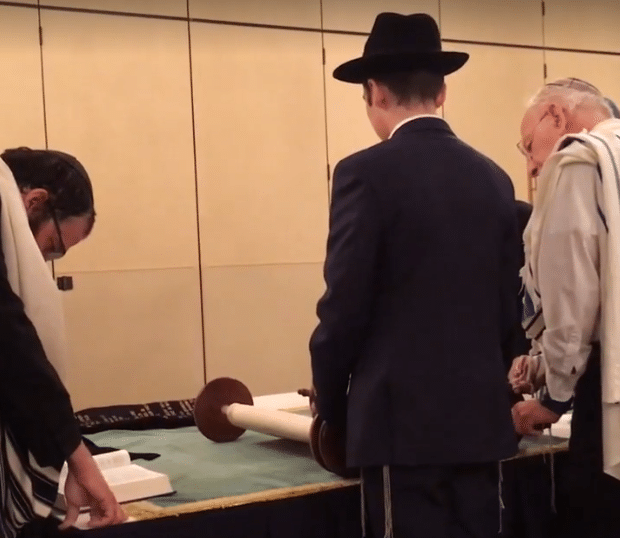THE DEFENDANT: I understand you don’t want to talk about anything other than the street and I appreciate that. But PennDOT is responsible for major
injury to the elderly and disability community that resides
on Beaver Avenue. This particular issue, namely depriving me of the right to go to synagogue finally got my goat as it were.
The officer was correct in everything he said. You know, this was a planned arrest. There was no danger at all to me or anybody on the highway when I went out into the middle of the road with two police cars. I knew the unmarked police car was an unmarked police car There were several officers and an ambulance over there.
I am not certifiable. Proof that I’m not certifiable is that the police chief and an officer sent me to the hospital to try to certify me. Mt. Nittany Medical Center wouldn’t do it.
THE COURT: Point taken.

